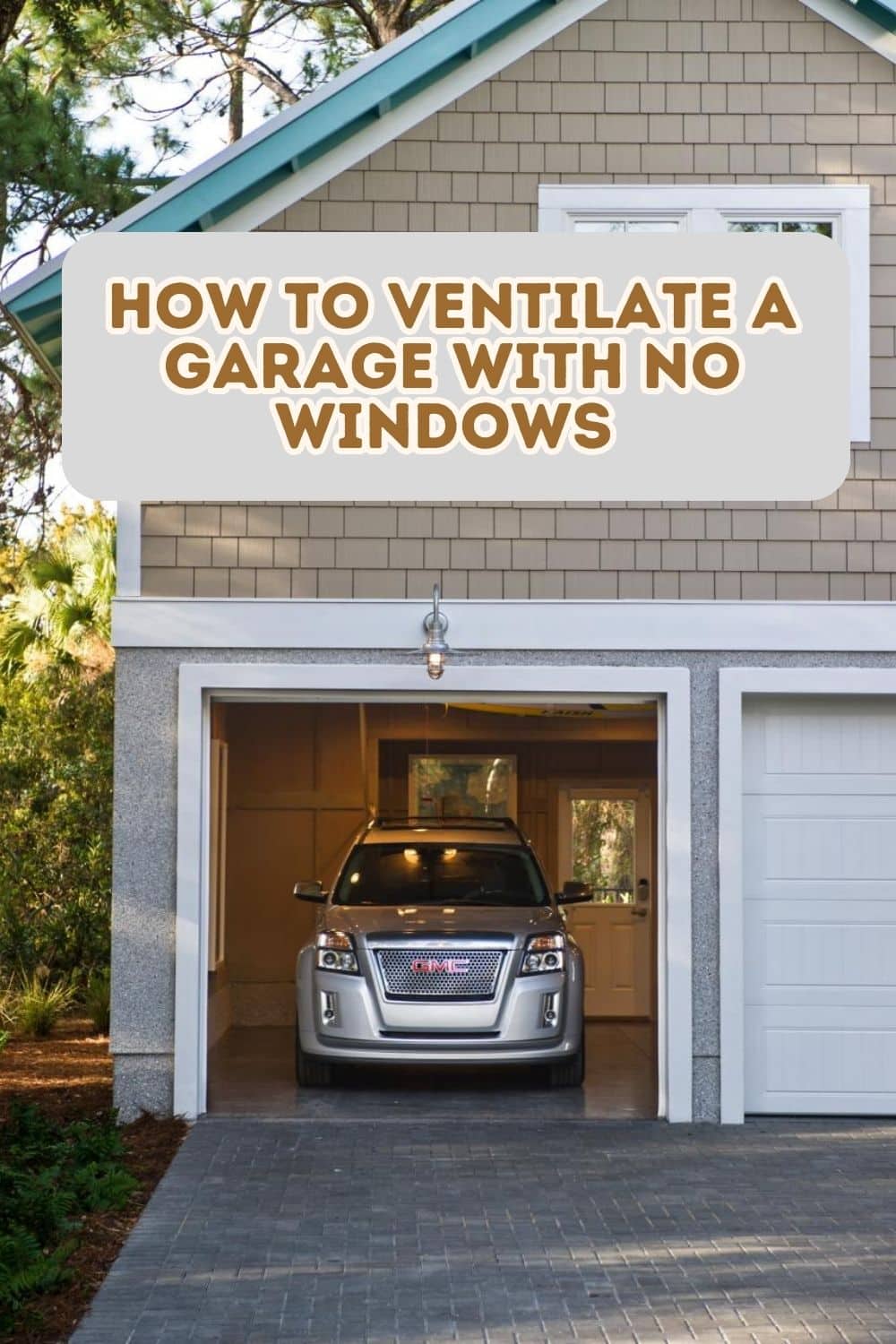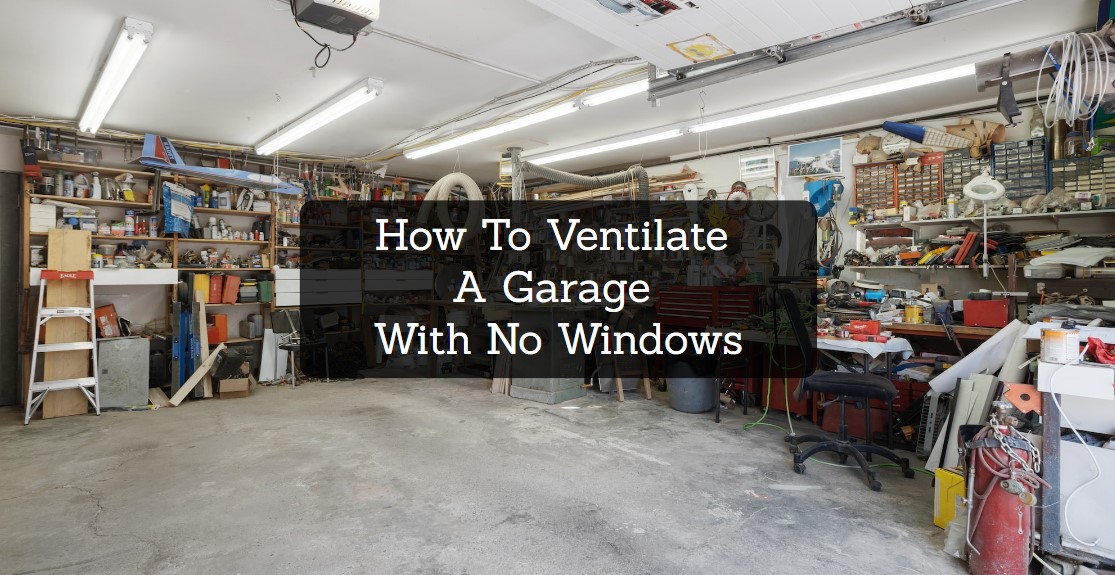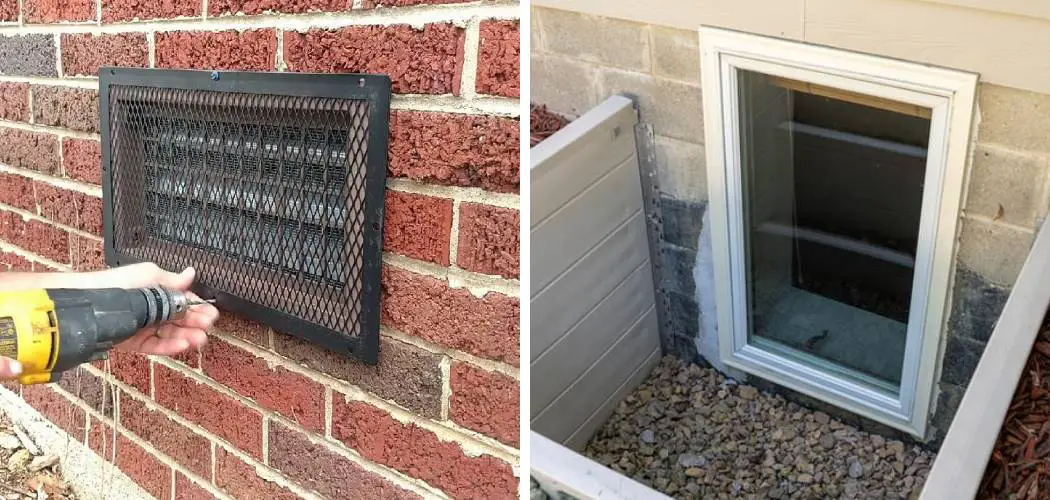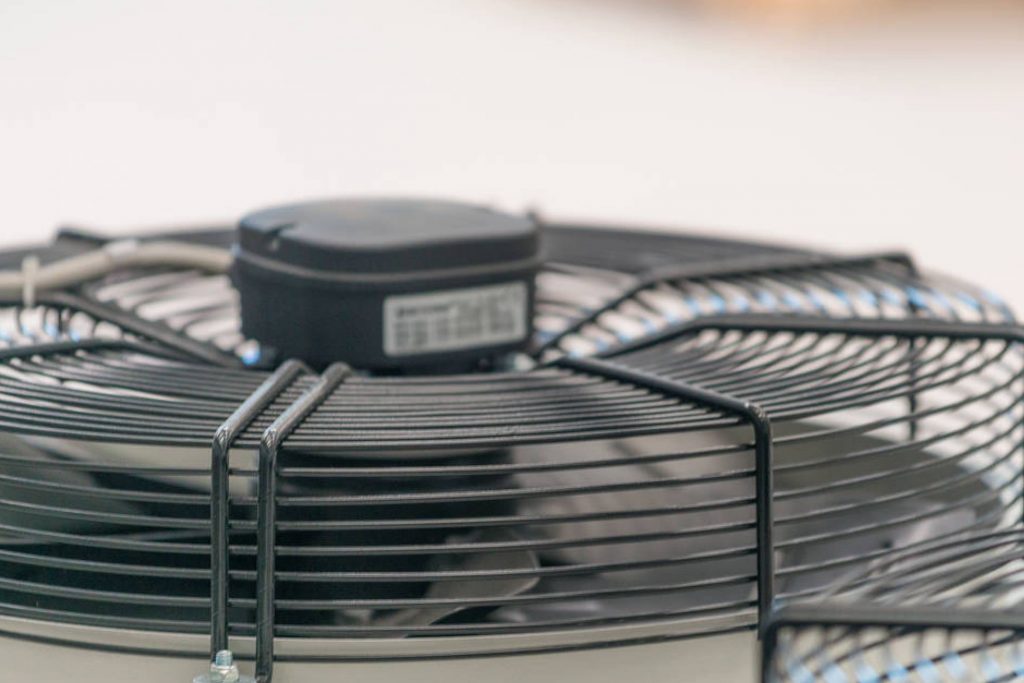How To Ventilate A Garage Without Windows

Learn effective ventilation strategies, from exhaust fans to strategically placed vents, to ensure proper air circulation and safety. This comprehensive guide covers DIY solutions and professional installations for optimal garage ventilation.
Keywords: garage ventilation, windowless garage, garage air circulation, exhaust fan garage, ventilation system garage, garage air quality, carbon monoxide garage, humidity garage, DIY garage ventilation, professional garage ventilation, attic ventilation garage, garage safety, negative pressure ventilation, positive pressure ventilation, ductwork garage, venting a garage, garage odor removal, garage moisture control
Introduction:
A well-ventilated garage is crucial for both safety and the longevity of your belongings. However, garages without windows present a unique challenge. Poor ventilation can lead to a buildup of harmful gases like carbon monoxide (CO), volatile organic compounds (VOCs) from paints and solvents, excessive humidity, and unpleasant odors. This can damage your tools, car, and even pose a serious health risk. This comprehensive guide will explore various methods to effectively ventilate a windowless garage, covering DIY solutions for budget-conscious homeowners and professional installations for long-term, optimal results.
Table of Content
Understanding the Importance of Garage Ventilation:
Before diving into the solutions, let’s understand why proper ventilation is paramount in a windowless garage:
- Lawn Mower Garage Storage: A Comprehensive Guide
- swing out garage door
- garage door gap at top
- Derrel’s Mini Storage Auctions: A Guide to Finding Hidden Treasures
- Transforming Your Unfinished Basement into a Functional Laundry Room
-
Carbon Monoxide (CO) Prevention: Running a car engine, using gas-powered tools, or even storing a propane tank in an unventilated garage can release dangerous levels of CO. CO is odorless and colorless, making detection difficult. Proper ventilation is critical to prevent its accumulation and potential poisoning.

Humidity Control: High humidity levels can lead to rust and corrosion on tools and vehicles, mold and mildew growth, and damage to stored items. Ventilation helps regulate humidity levels, keeping your garage dry and protected.
-
Odor Removal: Paints, solvents, fuels, and other materials stored in a garage can release unpleasant odors. Adequate ventilation helps dissipate these smells, creating a more pleasant and comfortable environment.
-
Temperature Regulation: While not as direct as the other benefits, proper ventilation can help regulate temperature fluctuations, preventing extreme heat buildup in summer and excessive cold in winter.
-
Preventing VOC Buildup: Many common garage items release volatile organic compounds (VOCs), which can contribute to poor air quality and health issues. Ventilation helps remove these harmful substances.

Related Article How to ventilate a garage without windows

DIY Ventilation Solutions for a Windowless Garage:
For homeowners looking for cost-effective solutions, several DIY methods can improve garage ventilation:

-
Exhaust Fans: Installing exhaust fans is arguably the most effective and common DIY solution. Consider a high-CFM (cubic feet per minute) fan, ideally placed high on a wall to efficiently remove air. Ensure the fan vents to the outside, ideally through a properly sized and weatherproofed vent. Consider a timer or humidity sensor for automated operation.
-
Intake Vents: While exhaust fans remove air, you also need a way for fresh air to enter. Install intake vents low on the opposite wall from the exhaust fan. These can be simple vents or more sophisticated louvered vents that help control airflow.
-
Attic Ventilation Connection (If Applicable): If your garage is attached to your house and shares an attic space, consider connecting your garage ventilation system to the attic’s ventilation system. This can help create a natural airflow path, but it’s essential to ensure proper attic ventilation to avoid pulling contaminated air into your living space.
-
Ridge Vents (For Attached Garages): If you have an attached garage with a shared roofline, installing ridge vents can help create a natural airflow path. This works best in conjunction with soffit vents on the house side.
Choosing the Right Exhaust Fan:
When selecting an exhaust fan, consider the following factors:
-
CFM Rating: Choose a fan with a CFM rating appropriate for your garage’s size. A higher CFM rating means more air is moved per minute. Consult online CFM calculators to determine the appropriate rating for your space.
-
Fan Type: Several types of exhaust fans are available, including axial fans (simple and inexpensive), centrifugal fans (more powerful), and inline fans (compact and suitable for ductwork).
-
Noise Level: Consider the noise level, particularly if your garage is close to living areas. Look for fans with lower decibel ratings.
-
Power Source: Decide whether you need a hardwired fan (more reliable) or a plug-in fan (easier installation).
-
Safety Features: Consider features like overload protection and thermal fuses to prevent overheating and potential fire hazards.
Professional Ventilation Solutions:
For more comprehensive and long-term solutions, consider professional ventilation installations:
-
Whole-House Ventilation Systems: If your garage is connected to your home, a whole-house ventilation system can improve air quality throughout the house, including the garage. This system typically involves a network of ducts and vents to circulate fresh air.
-
Custom-Designed Ventilation Systems: A professional can design a custom ventilation system tailored to your garage’s specific needs and layout. This may involve strategically placed vents, ducting, and powerful exhaust fans to ensure optimal airflow.
-
Negative Pressure Ventilation: This system uses exhaust fans to create negative pressure within the garage, drawing fresh air in through any available openings. This is an effective way to remove contaminants quickly.
-
Positive Pressure Ventilation: This system uses intake fans to create positive pressure, forcing air out through exhaust vents. This can be beneficial in preventing outside air pollutants from entering.
Maintenance and Safety Considerations:
Regardless of your chosen ventilation method, regular maintenance is essential:
-
Clean Exhaust Fans: Regularly clean your exhaust fans to remove dust and debris, which can reduce their efficiency.
-
Inspect Vents: Check vents regularly for blockages or damage.
-
Carbon Monoxide Detectors: Install carbon monoxide detectors in your garage to provide early warning of dangerous levels of CO.
-
Proper Wiring: Ensure all electrical wiring is properly installed and grounded to prevent electrical hazards.
-
Fire Safety: Keep flammable materials away from electrical components and heat sources.
Conclusion:
Ventilating a windowless garage requires careful planning and execution. Whether you opt for DIY solutions or professional installations, prioritizing proper ventilation is crucial for safety, preserving your belongings, and maintaining a healthy environment. By following the guidelines outlined in this article, you can create a safe and functional garage, regardless of its lack of windows. Remember to consult with professionals when necessary, especially for complex ventilation systems or when dealing with potentially hazardous materials. Proper ventilation is an investment in both your health and the longevity of your garage and its contents.






